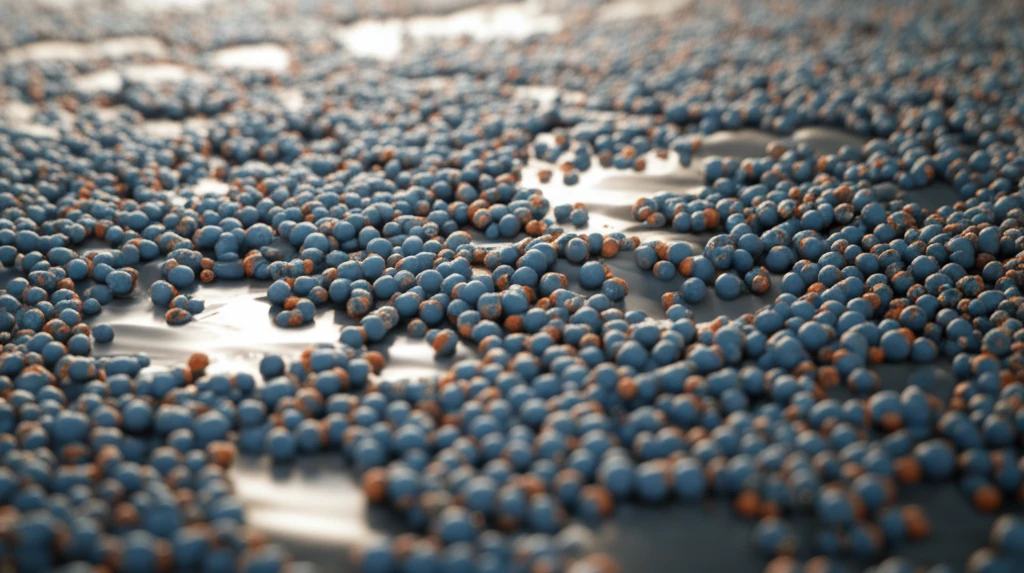
Unlock the Secret to Perfect Aluminum: A Beginner's Guide to Zincate Coating
"Achieve flawless finishes and superior adhesion with our comprehensive exploration of the zincate process for aluminum."
Aluminum is everywhere—from the cars we drive to the smartphones in our pockets. Its lightweight nature, ease of machining, and decent electrical conductivity make it a go-to material across industries. However, aluminum's inherent softness can be a drawback, especially when precision is key. That's where surface treatments like zincate processing come into play, preparing aluminum for various plating methods.
Electroplating and electroless plating are common techniques used to enhance aluminum's properties. But before any plating can occur, a crucial step is often required: the double zincate process. This unique pretreatment involves a double layer of zinc deposition and stripping, setting the stage for superior adhesion of subsequent coatings.
Despite its importance, detailed information on zincate treatment can be surprisingly scarce. This article aims to fill that gap, providing a comprehensive overview of the zincate process—its history, composition, reactions, and recent advancements.
The Evolution of Zincate Treatment

Aluminum's natural tendency to form an oxide layer when exposed to air or water is both a blessing and a curse. While this oxide layer provides excellent corrosion resistance, it also interferes with the adhesion of plating layers. Overcoming this barrier has been the driving force behind the development of zincate treatment.
- 1927: Hewitson's initial patent uses a single zincate treatment with a solution of sodium hydroxide, zinc chloride, and sodium tannate or starch.
- 1939: Korpium enhances the process by adding copper to the zincate solution and introduces a double zincate method for improved adhesion.
- 1950s: Zalley further refines the zincate solution by adding ferric chloride and Rochelle salt to improve adhesion and corrosion resistance.
- 1980s: Zincate treatment becomes essential for preparing aluminum substrates for electroless nickel plating in hard disk manufacturing, driving further research and process optimization.
Looking Ahead
Zincate treatment, while a century-old technique, continues to evolve. By understanding its nuances and tailoring the process to specific materials, we can unlock even greater performance in surface finishing. As new materials emerge, optimizing pretreatment processes like zincate treatment will be key to achieving superior results.
